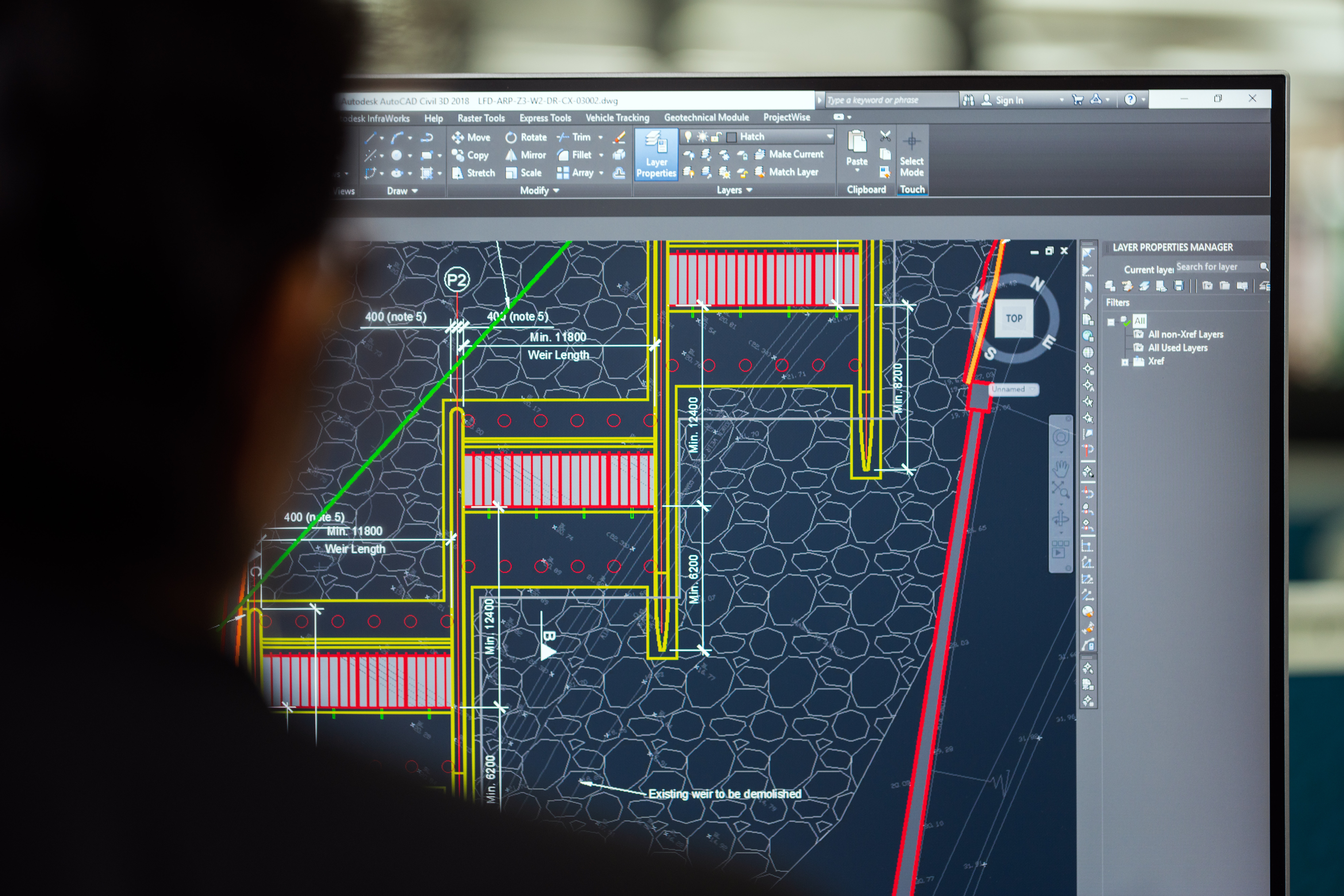Your IT infrastructure faces new issues. You must learn to scale systems due to the digital transformation and new paradigms. Your company must develop innovations and release improvements in cycles measured in weeks. If not days, while bravely embracing efficiency approaches like DevOps. This is the only way to stay one step ahead of the competition. A scalable, agile enterprise IT environment that can quickly adapt to changing business needs is necessary. For success in this climate.
Scaling your software systems is an ongoing challenge you encounter as an IT manager.
How can you swiftly fulfill escalating and erratic resource demands while still being effective, secure, and efficient? These are three strategies for taking on the difficulty of systems scalability.
Recognize when to scale up rather than down
This situation may be familiar to you if you’re an IT manager like many others. On a distributed x86 architecture, you execute your systems of record. As application, storage, and bandwidth use continue to rise, you are steadily adding servers. You think about how to accommodate more servers as your data center fills up. You start to question whether there is a more effective option as your IT footprint expands. And you are unable to stop the expansion of your server sprawl despite adopting virtualization.
According to IBM studies, scaling up rather than out is frequently more cost-effective after numerous workloads in a data center reach a particular threshold. Of processing cores. Many workloads with an average of 50 processing cores each require a lot of hardware. Storage. And human resources. Which adds up to depleting costs and inefficiencies.
Such a setup results in rack-level spread when servers fill up racks, in addition to server sprawl across the data center.
Your huge x86 architecture resolves into a single server or a small number of scale-up servers. Which will simplify operations, lower total cost of ownership, and free up important data center space. Your workloads will be able to adapt to changes in business demand thanks to a combination of virtual scale-up. And scale-out capabilities, effectively allowing for diagonal scaling.
According to IBM studies, switching from a scale-out to a scale-up design can save server costs for businesses by up to 50% over a three-year period. As clients who have adopted these studies have demonstrated.
A scale-up enterprise server will grow along with your system needs as they develop, operating at exceptionally high utilization rates and fulfilling all service-level agreements. A scale-up server will eventually need to scale out as well, but not before offering plenty of additional capacity for growth.
Consider scalability strategically in software systems
Expand IT. Scalability works in the context of processing power in IT systems. You scale your processing capacity as enterprise resource demands rise, often using the scale-out or scale-up methodology. But, scalability for businesses encompasses much more than just adding servers. For instance, by growing workloads and processes across the company, your operations and IT leaders are constantly aiming for greater efficiency. Additionally, your CSO could choose to scale the encryption employed to safeguard the most sensitive data to include all data storage systems. Every facet of your systems, from service-level agreements to networking resources to data replication and management to the IT employees needed. To run and manage those additional systems, you must scale along with your systems as they grow.
Don’t overlook the necessity of decommissioning resources as you outgrow them, whether they are physical or virtual. Your IT systems should also support these scalability features. Your capacity to choose IT solutions that satisfy the requirements of all company stakeholders will depend on how strategically you think about scalability.
Use agile enterprise computing to meet scale demands
Scale IT An enterprise computing platform can help you scale up rather than out, which can result in increased efficiency and lower costs. But the platform’s advantages in terms of scalability and agility go well beyond this. Enterprise computing platforms are more agile than distributed systems, according to research by Solitaire Interglobal Ltd (SIL). Enterprise computing platforms enable the deployment of new applications or systems almost three times more quickly than on rival platforms. Its agility enables you to stay one step ahead of rivals by introducing innovations and upgrades more quickly. Enterprise platforms are also notable for being 7.41 times more resilient than rival platforms.
This implies that these platforms are better equipped to handle abrupt changes in resource needs.
A platform for enterprise computing has been deployed by Techcombank, one of the top banks in Vietnam, to meet scalability requirements. With 30% more customers and 70% more yearly internet traffic, Techcombank is expanding with the rapidly expanding Vietnamese banking sector. Techcombank moved its systems to an enterprise computing platform to support the company’s rapid development. Techcombank can scale up as demand rises thanks to the platform’s improved performance, dependability, and security.
Enterprise computing, scalability, and agility aren’t just advantages for today’s IT systems; they’re necessities. The aforementioned advice will assist you in utilizing systems scalability to your advantage in the dynamic IT world of today.







